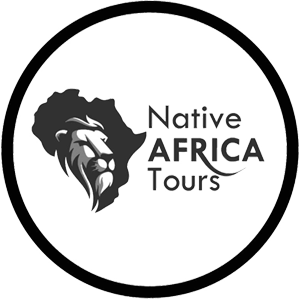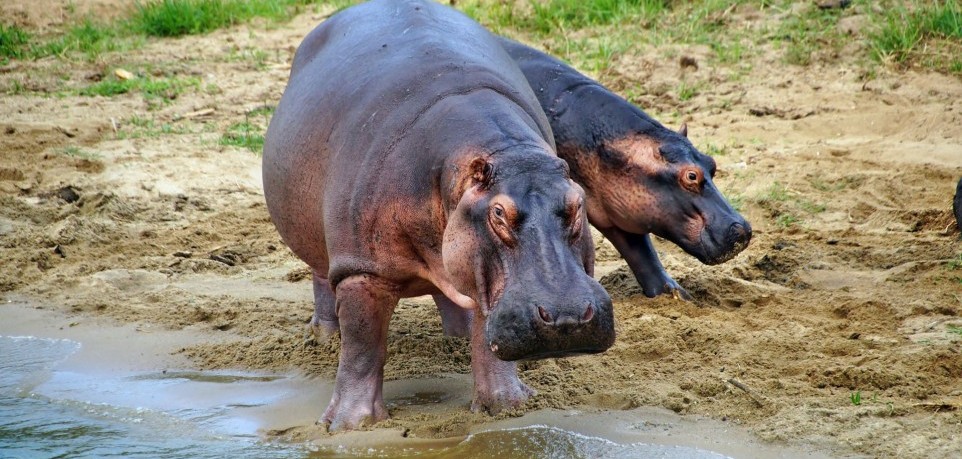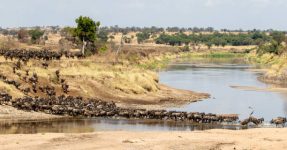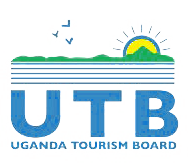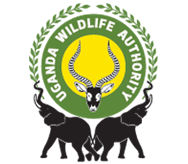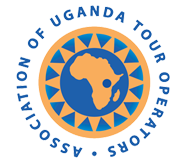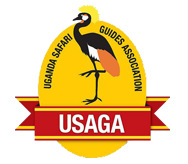Lake Mburo National Park
This park is located in western Uganda. It covers 100 square miles and just like other national parks in Uganda, it’s under the Uganda Wildlife Authority. Lake Mburo National Park is generally a savannah park and therefore has many of the lowland accustomed wildlife species.
History
The park’s history is smeared with traditional and modern-day facts and tales. There’s a traditional tale of two brothers who first inhabited the present-day park areas. By name, they were Mburo and Kigarama. They lived within these lowland savannah plains that make up the present park areas. The area consequentially became known as “Kaaro karungi” which loosely translated into the English language means “a good village.”
Kigarama told his brother Mburo, someday, about a dream he had about a flood that would later wash the savannah plains and destroy much of the surviving wildlife, flora, and property. Mburo couldn’t have taken his information seriously. As dated from the old days, in Africa, dreams have always been accorded much attention and so Kigarama set for the far highland areas to escape what he thought was coming as a dream.
The dream later indeed came true, having drowned Mburo to death, and his property destroyed. As a result, the area was named Mburo, and the hills in the area were named after his brother Kigarama. The story is common to all tours that visit Lake Mburo.
Initially, it was a hunting area as so gazetted in 1933. The hunting was also being closely monitored and in 1963, it was transformed into a game reserve. The Bahima herders were the predominant people who lived in the area and they grazed their animals therein in the savannah vegetation. The area was upgraded to a national park status in 1983.
Uniqueness
Lake Mburo National Park has the Impalas in great numbers and this makes it the only park within Uganda that sustains this ecotone species. Lake Mburo National Park also has the last known surviving population of the elands (also the largest African antelope) in Uganda.
Attractions in Lake Mburo National Park
Wildlife
Many of the common savannah-accustomed animals are present within the park. The impalas are the most common due to their high population, Oribis, hyenas, cheetahs, eland, leopards, buffalo, antelopes, and water animals such as the hippopotamus, among many others.
Birds
The Lake Mburo waters have hundreds of water birds that fly over the lake while enjoying the breeze and occasionally fishing. Some of these are the fish eagles. Others are herons, papyrus gonolek, shoebills, pelicans, and Hadada Ibis, among others.
The other savannah birds are the crested cranes, turacos, sunbirds, tropical boubou, and plain eagles, plus more than 300 bird species.
Lake Mburo
Being the center of the park’s name, Lake Mburo is another attraction within the park.
Activities in Lake Mburo National Park
Game drives
Game drives are carried out on the available tracks within Lake Mburo National Park. This is done using the 4×4 vehicles on which the tourists view the wildlife within the park. The tourists view hippopotamus, antelopes, kobs, lions, zebras, among other animals.
Sportfishing
This is done on Lake Mburo by interested visitors. They use hooks and other available fishing methods to fish on the lake. While on the lake, they also view locals in their fishing boats trying to catch the fish for their desired use.
Birding
Being both a savannah area surrounded by hills and a lake, bird species within the park are both lowland birds and water bird species. Some of the water birds are visible as they catch fish hanging close to the water’s surface. Some of these bird species include the fish eagle, papyrus gonolek, herons, low-lying plane kites, and shoebills, among many others.
Cultural expedition
This is done around the Banyankole / Bahima herders within the area. The tourist gets to learn about their culture, the types of cattle herded especially the long-horned Ankole cattle, and traditional dances, among others.
Other activities are nature walking, minimal hiking, and many more.
How to get to Lake Mburo National Park?
From Kampala, Uganda’s capital city, the park is approximately 240 kilometers away. From Mbarara, the closest city in Western Uganda, the park is 30 kilometers away. For those from Entebbe International Airport, the park is about 290 kilometers. The park can be accessed on the road for about 4 to 5 hours drive from Entebbe International Airport.
When to visit Lake Mburo National Park?
Lake Mburo National Park being a savannah area in the tropics gets two different seasons in a year i.e., dry and wet seasons. For obvious reasons, the dry season is the recommended time to visit the Park. It comes with a dry spell which brings an abundance of sunshine.
The clear skies provide a good visibility atmosphere for clarity given the available attractions within the park. The dry season runs from June to September, and December to February.
